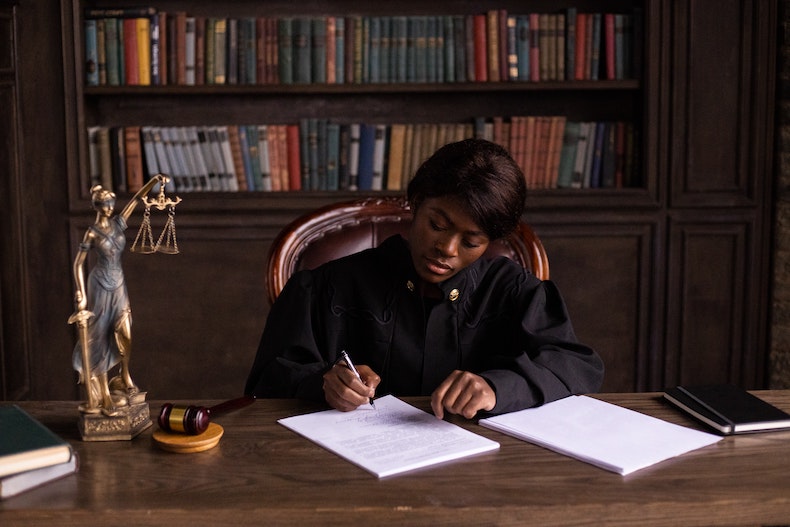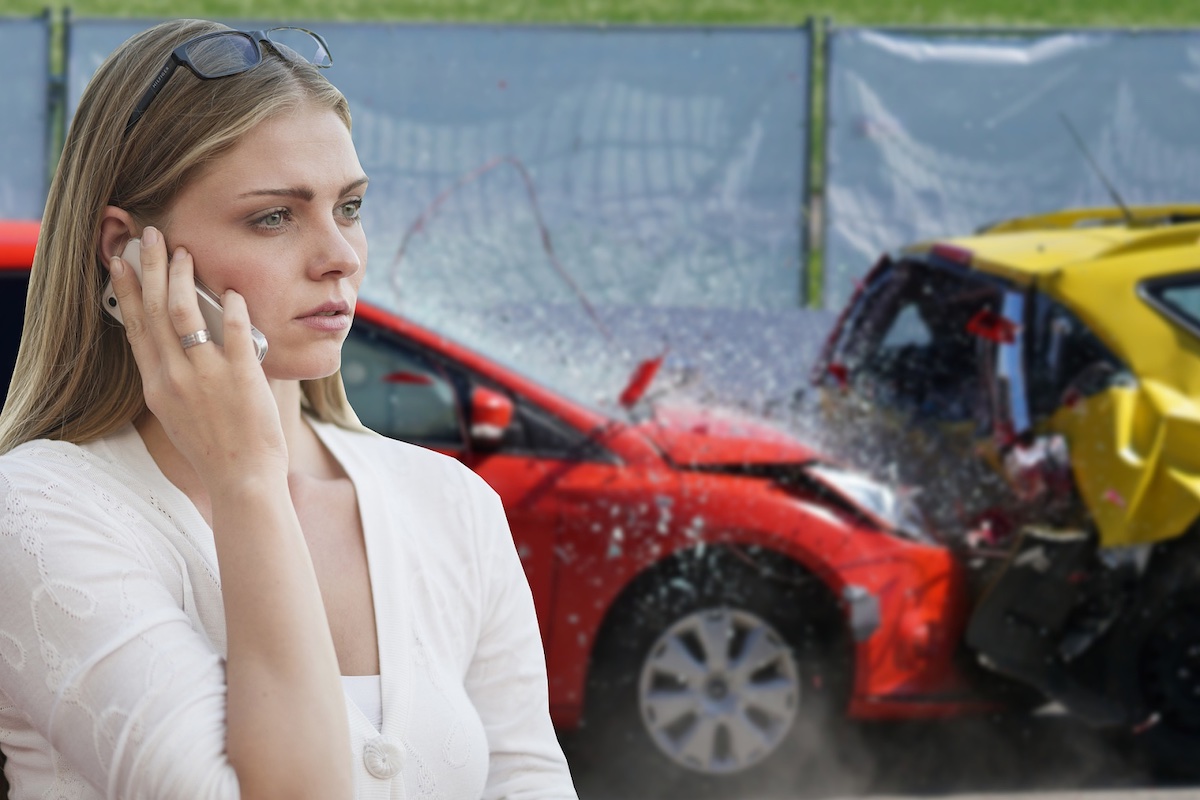What is the Cause of Action for a Negligence Action in Tort?

As a tort lawyer specializing in catastrophic impairment law, specifically, and personal injury law, generally, I spend the vast majority of my time working on negligence actions and finding creative solutions to effectively deal with the problems of negligence law. So, the legal concept of “negligence” in my area of work is easily the most important term to comprehend as it pertains to establishing tort liability.
This of course begs the question, “What is negligence within the broader context of tort law?”
The term negligence has both a narrow and broader meaning within the context of tort law. The narrow meaning refers to the conduct or behaviour of the tortfeasor, which falls below the requisite standard of care of a reasonable person in the particular circumstances in question. The broader meaning, however, refers to what constitutes a cause of action for negligence, which entitles you to commence a tort action to seek an award of damages.
If you want to learn more about the steps in a tort action, then please click the “link” to read my blog entitled “What are the Steps in a Tort Lawsuit for Personal Injuries?”

The Six Elements of a Cause of Action for Negligence
In regards to the broader meaning, in order to establish a cause of action for negligence, which will entitle you to commence a tort action in the Superior Court of Justice, the following elements must be present:
- Breach of Standard of Care;
- Sustained Actual Damage;
- Causation;
- Duty of Care;
- Proximate Cause and Remoteness; and
- Contributory Negligence.

Breach of Standard of Care
The defendant’s conduct or behavior must be negligent in the sense that it constituted a breach of the requisite standard of care set or established by the law. This issue, which is nominally known as the “standard of care issue”, easily takes up the most time, and is the most contentious, in negligence actions. The issue essentially asks the question of whether the conduct or behaviour of the defendant departed from the standard of care – an objective standard – that a reasonable person would have exercised in the same circumstances.
The application of this objective standard of the reasonable person ranges from no expectation of compliance on one end of the spectrum, as it relates to very young children and certain mentally/physically disabled persons, to a higher expectation on the other end of the spectrum, as it relates to professional persons acting within the course of their speciality, such as, but not limited to, lawyers, doctors, engineers, et cetera.

Sustained Actual Damage
You, as the plaintiff, must have suffered some actual damage. When we’re talking about “damage”, we mean the actual “head of loss” for which I’m claiming on your behalf, or an award of monetary compensation. Examples of a head of loss are, but not limited to, general non-pecuniary heads of damages or losses, such as pain and suffering, loss of enjoyment of life, loss of amenities, past loss of housekeeping and home maintenance capacity, et cetera, and pecuniary heads of loss, such as loss of income, loss of earning capacity, medical and rehabilitation expenses, costs of care, hospital bills, future loss of housekeeping and home maintenance capacity, out-of-pocket expenses, et cetera.
If you want to learn more about tort damages, then please click the “link” to read my blog entitled “What Damage Awards Do I Get from a Successful Tort Action?”
The legal term damage is different from the legal term “damages”, as the latter specifically refers to the amount of monetary compensation that should be paid to you by the tortfeasor, whose negligence caused you to suffer damage or loss.
If I can’t prove that you suffered actual damage or a loss, then the defendant is not liable for negligence, even if his or her actions were deemed to be negligent in that they fell below the requisite standard of care that a reasonable person would’ve exercised in the particular circumstances.

Causation
As the plaintiff, you must prove that the damage you suffered was caused by the negligence of the defendant. Therefore, I’d have to prove that there exists a causal link or nexus between the tortfeasor’s or defendant’s negligent conduct or behaviour and the loss or damage you suffered, which is nominally known as the “cause-in-fact” issue in a negligence action.
The Supreme Court of Canada established what’s known as the “but for” test to handle this cause-in-fact issue, which can be expressed as follows: “but for” the negligence of the defendant, you wouldn’t have suffered your loss or damage.
If I can’t prove that the defendant’s negligent conduct or behaviour caused your damage or loss, then the defendant is not liable for negligence, even if his or her actions were deemed to be negligent in that they fell below the requisite standard of care that a reasonable person would’ve exercised in the particular circumstances. In other words, if you would’ve suffered your damage or loss in any event, irrespective of whether or not the defendant acted negligently, then his or her negligent conduct or behaviour would be deemed not be the cause of your damage or loss. Even if the defendant’s negligent act wasn’t the only cause of your damage or loss, then it must have materially contributed by at least 25% to the damage or loss you suffered.

Duty of Care
There must be a duty to not act in accordance with the negligent conduct or behaviour displayed by the defendant, in order to avoid the kind of damage or loss you suffered, which is recognized by law in the form of legislation and/or a regulation. For example, the duty to drive a vehicle in Ontario with due care in order to avoid a motor vehicle accident, is identified in Ontario legislation and regulations, such as, but not limited to, the Ontario’s Highway Traffic Act, R.S.O. 1990, c. H.8.

Proximate Cause and Remoteness
The negligent conduct or behaviour of the defendant must be a proximate cause of the damage or loss you suffered. In other words, the damage or loss you suffered can’t be too remote a result of the defendant’s negligent conduct or behaviour.

Contributory Negligence
Your conduct or behaviour, as the plaintiff, if deemed negligent in and of itself, in some circumstances can either completely bar or limit your recovery of the loss or damage you suffered as a direct result of the negligent conduct or behaviour of the defendant. These circumstances create what is nominally known as a “liability issue”, where the degree of liability of the negligent defendant is reduced by a percentage that’s reflective of the degree of your negligent contribution to your own damage or loss. Depending on your specific conduct or behaviour that’s deemed negligent, the defendant may employ, but not limited to, the following defences against the tort action that I bring on your behalf:
- Contributory negligence;
- Voluntary assumption of risk; and
- Illegality.
An example of the defence of contributory negligence in a tort action for personal injuries suffered in a motor vehicle accident, is where a defendant claims that the plaintiff was “contributorily negligent” for failing to wear his or her seatbelt. The defence doesn’t exonerate the defendant of his or her negligent conduct or behaviour that caused the motor vehicle accident, but rather it will potentially reduce his or her liability. The reason is because they are arguing that “but for” the absence of the seatbelt, the damage or loss the plaintiff suffered wouldn’t have been as severe or as catastrophic. The defendant is essentially arguing that the plaintiff contributed, ever so slightly, to his or her own damage or loss, and therefore, the degree of the fault should be reduced accordingly.

I hope you found this information valuable. Rudder Law Group’s website is your one-stop source for answers to all of your legal questions concerning catastrophic impairment law and personal injury law.





Leave A Comment